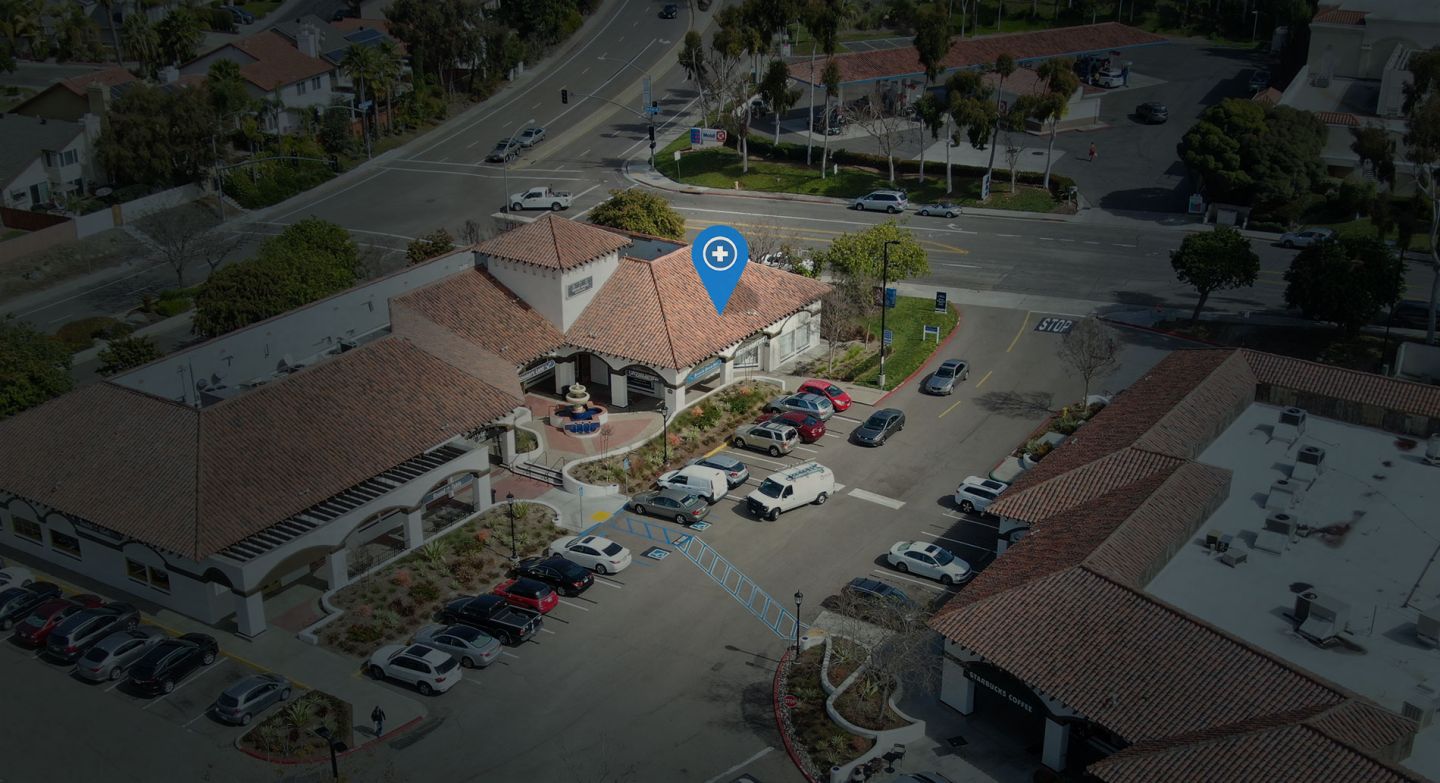The healthcare sector in the U.S. is growing rapidly. As consumers realize that they have the power of choice, healthcare providers are vying for space in retail centers like never before.
Despite this growth, the commercial real estate sector hasn't yet woken up to the nature of today’s healthcare market and how commercial real estate stands to benefit from the healthcare market's changing landscape, said Bill Stinneford, senior vice president of Buxton, which provides a technology platform and solutions for understanding potential.
“People in CRE think healthcare means medical office buildings, but this is a thing of the past,” he said. “Almost all the healthcare companies we work with want retail space. The opportunity here is huge, but there’s a missing link between the two sides. What the real estate sector needs to understand is that these are viable tenants and they’re looking for their types of spaces.”
The retail clinics market — walk-in clinics that offer all types of care — will exceed $8B by the end of 2028, according to Future Markets Insight. This growth, while fueled by the vaccination program rolled out as a response to the coronavirus pandemic, is mainly down to one thing, Stinneford said: the consumerization of healthcare.
“You’ve got a consumer who’s evolving in the way they make choices,” he said. “Ten years ago, they basically went wherever their primary care doctor said. Today, access to information is so easy. They can make choices based on researching on their smartphone, looking at quality ratings. If they have knee pain, they can bypass the referral component of their medical provider and go to whoever is marketing to them that they can help with knee pain.”
This evolution in how consumers access healthcare is sparking a response among providers. In cities and retail centers across the country, clinics are popping up, offering the full spectrum of care from physiotherapy to diagnostics. As well as large healthcare organizations looking to expand, Buxton works with a wide range of retail health companies that are securely backed by private equity and have their eyes on rapid expansion.
This is creating an increasingly competitive market, Stinneford said. Providers are looking for their own value proposition. Many are acting like retailers in the way they create a brand and build a relationship with their patients.
“The healthcare companies that are winning are realizing that they need to adopt a go-to-market strategy that is, ‘I’ll treat you when you’re sick, but I’m going to keep you healthy,’” Stinneford said. “Being sick is an infrequent occurrence. Wellness is continuous, which means that a customer might want to visit a healthcare provider on a continual basis. Companies are going to build a relationship and a brand with patients.”
To build this relationship, visibility becomes more important. A space in a retail center is therefore ideal; the concept of setting up a medical office on the third floor of an office building is a thing of the past. These healthcare providers want to be seen by their potential clients, by having locations in retail centers where their concept is convenient. As well as visibility, they get a huge boost from the co-tenancy aspect.
“A Trader Joe's-anchored retail center will pull in a certain type of client, for example, which a particular provider might be seeking,” Stinneford said. “Not every healthcare provider would work for every center, but pretty much every center will have some kind of healthcare business that will fit. A landlord needs to look at which tenants they’re going after on a brand-by-brand basis, just as they might make a retail decision.”
As CRE pictures what the retail center of the future might look like, it is highly likely that healthcare will play a pivotal role. As the wellness and healthcare sectors continue to grow and retail landlords need to find the right tenants, success will boil down to finding the right tenant for the right space, just as has always been the case in retail.
This piece was written by Felicity Francis and originally published on Bisnow's website on September 9, 2021.


